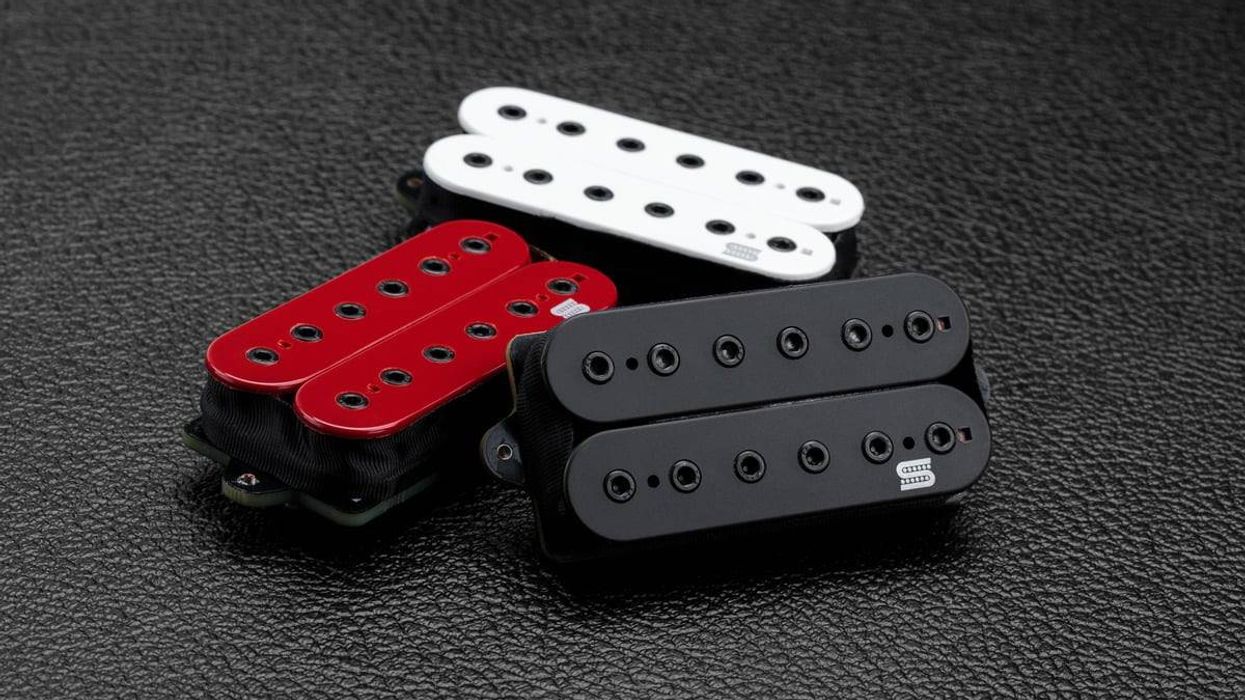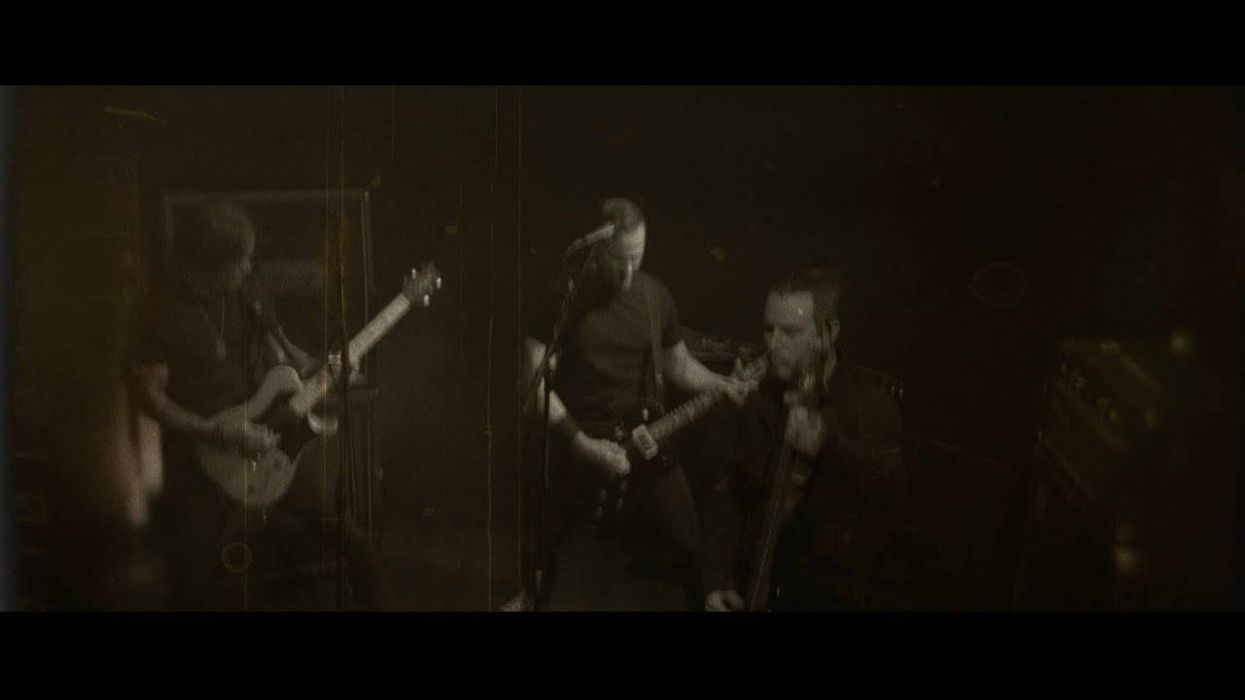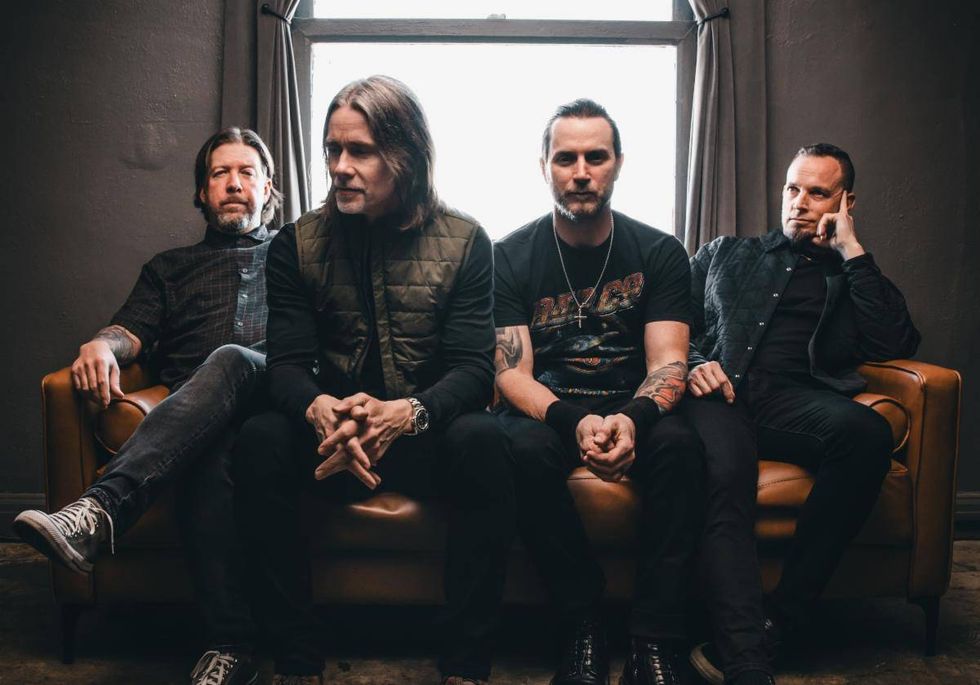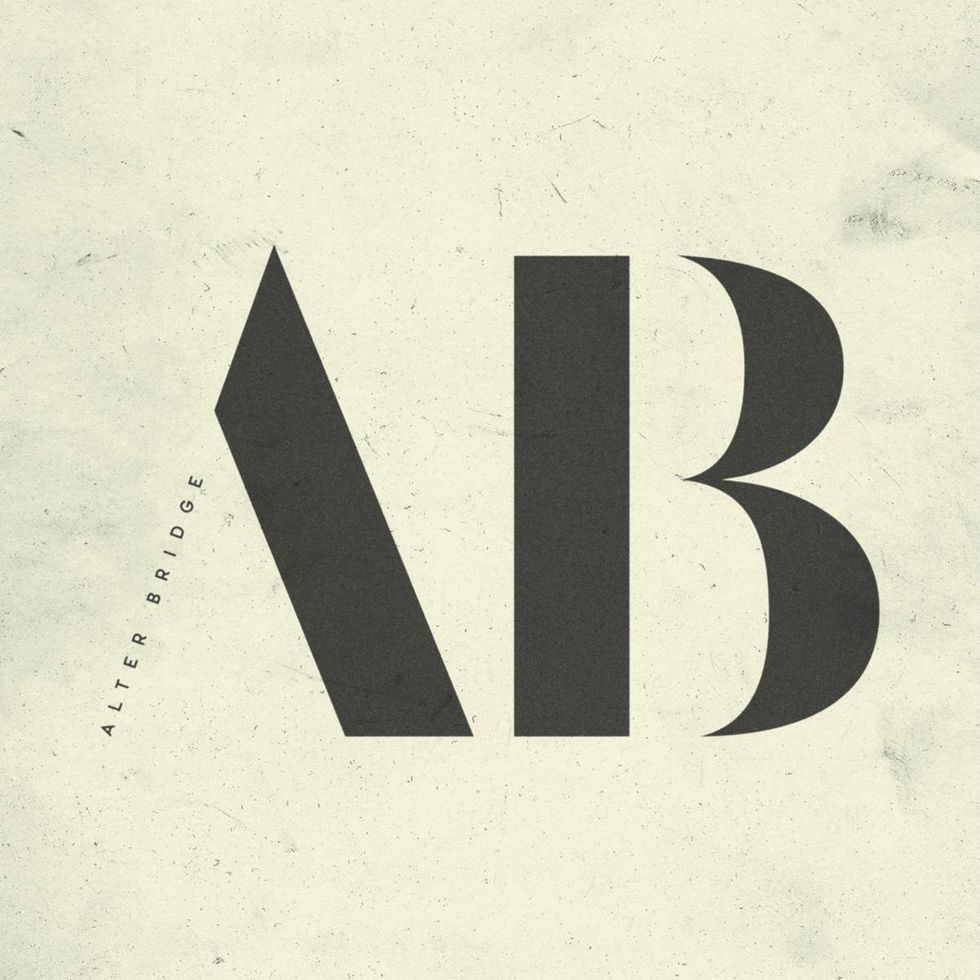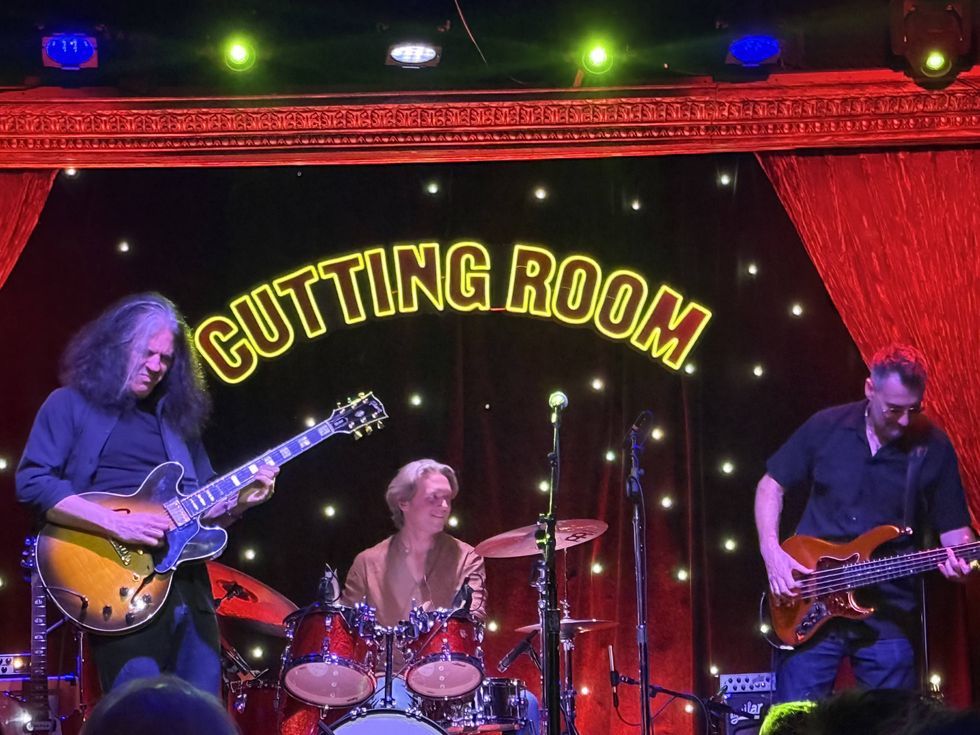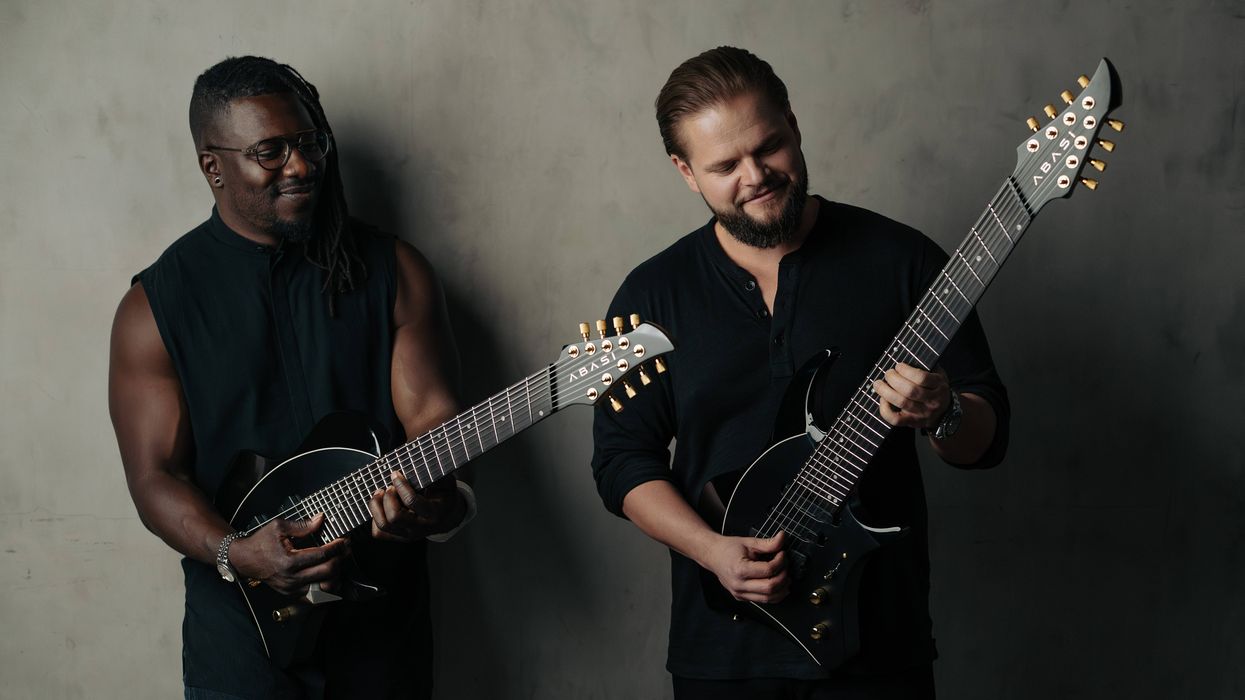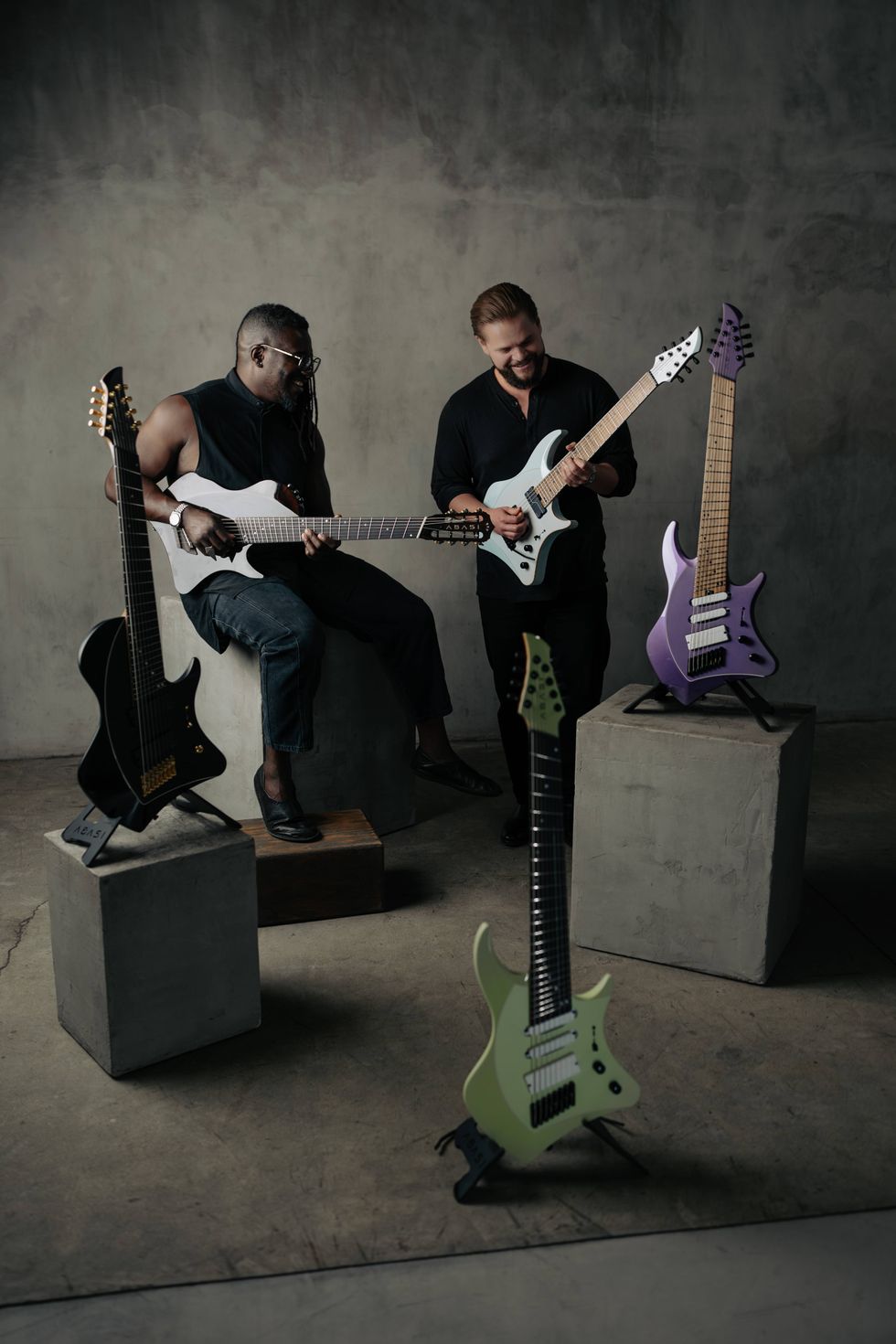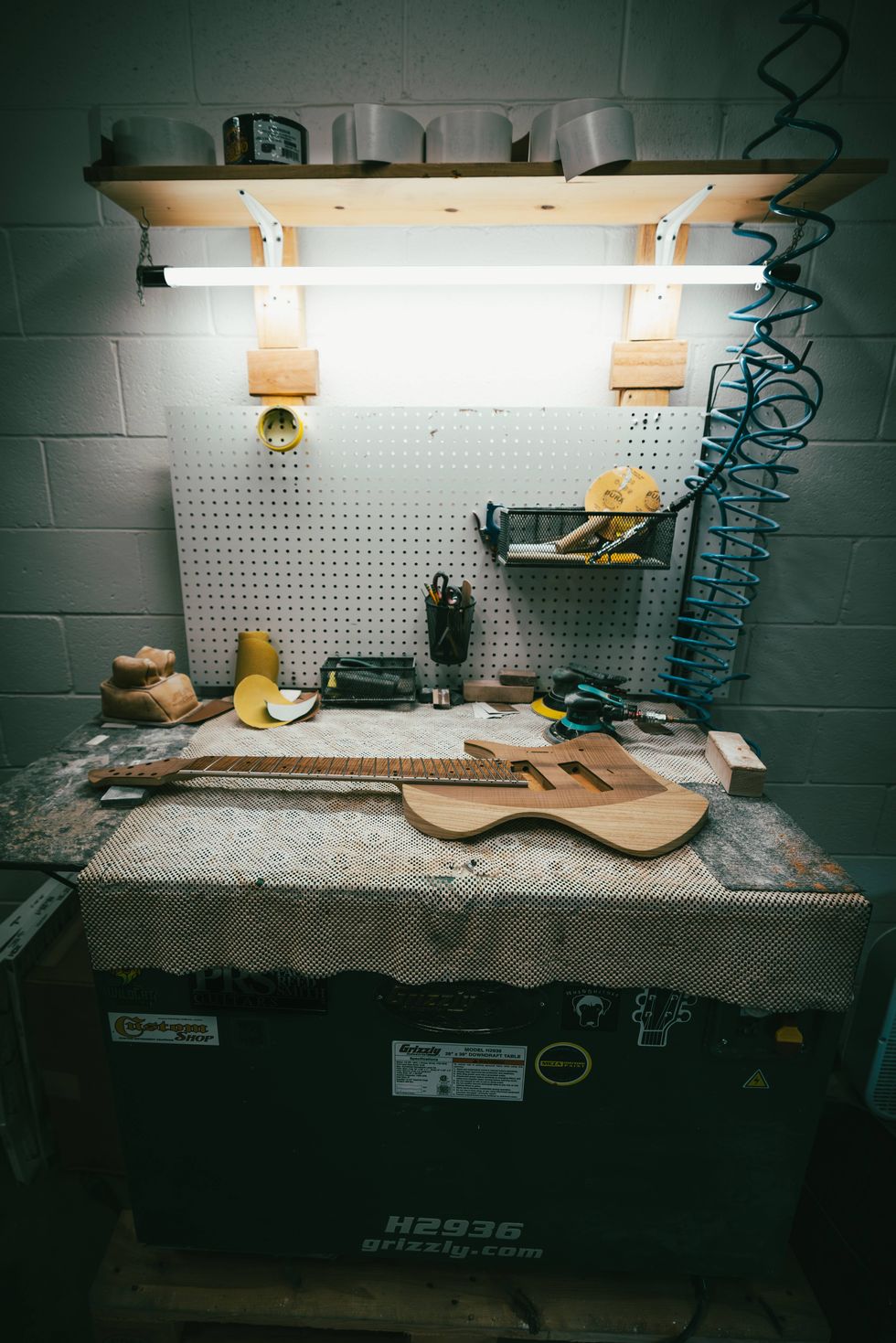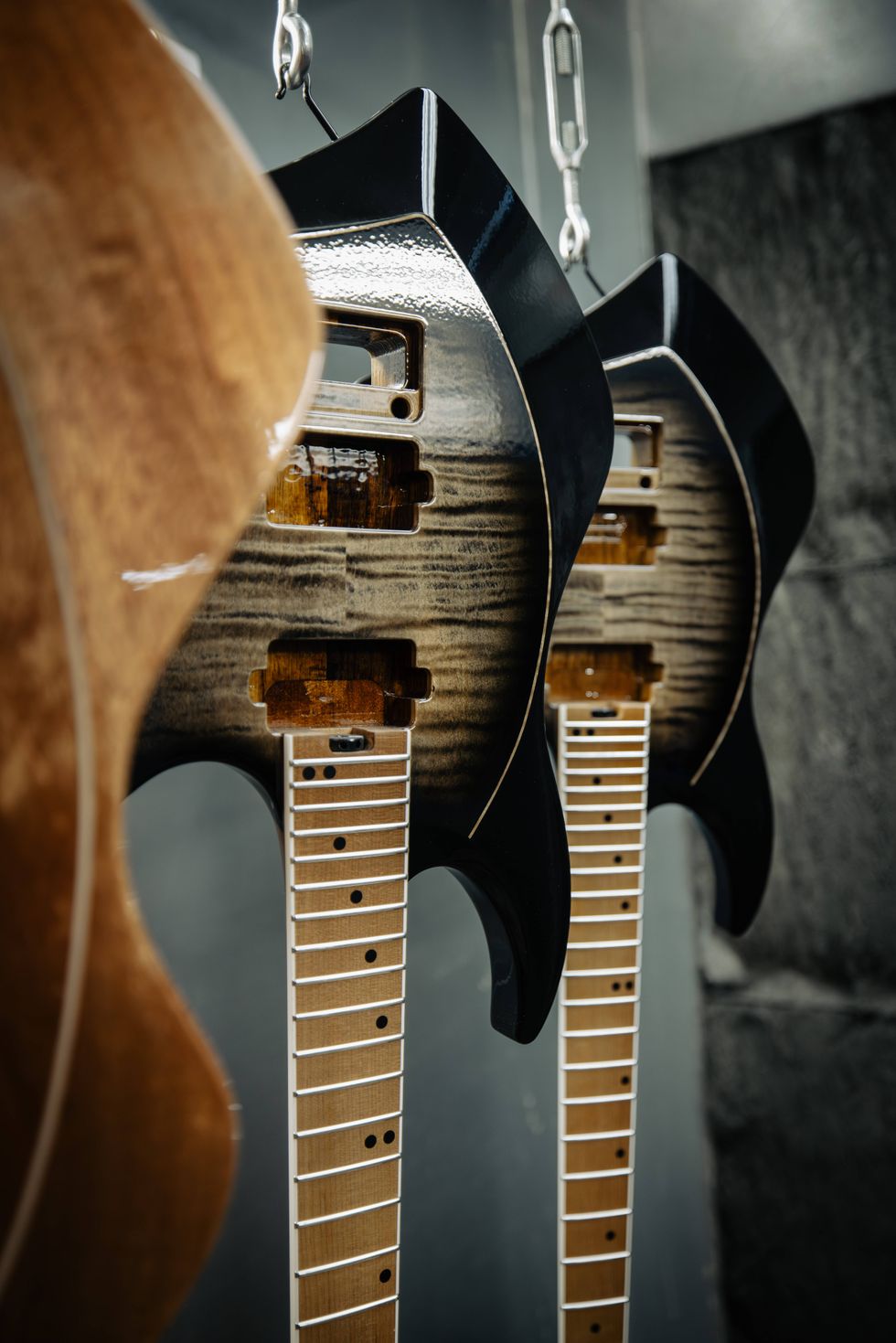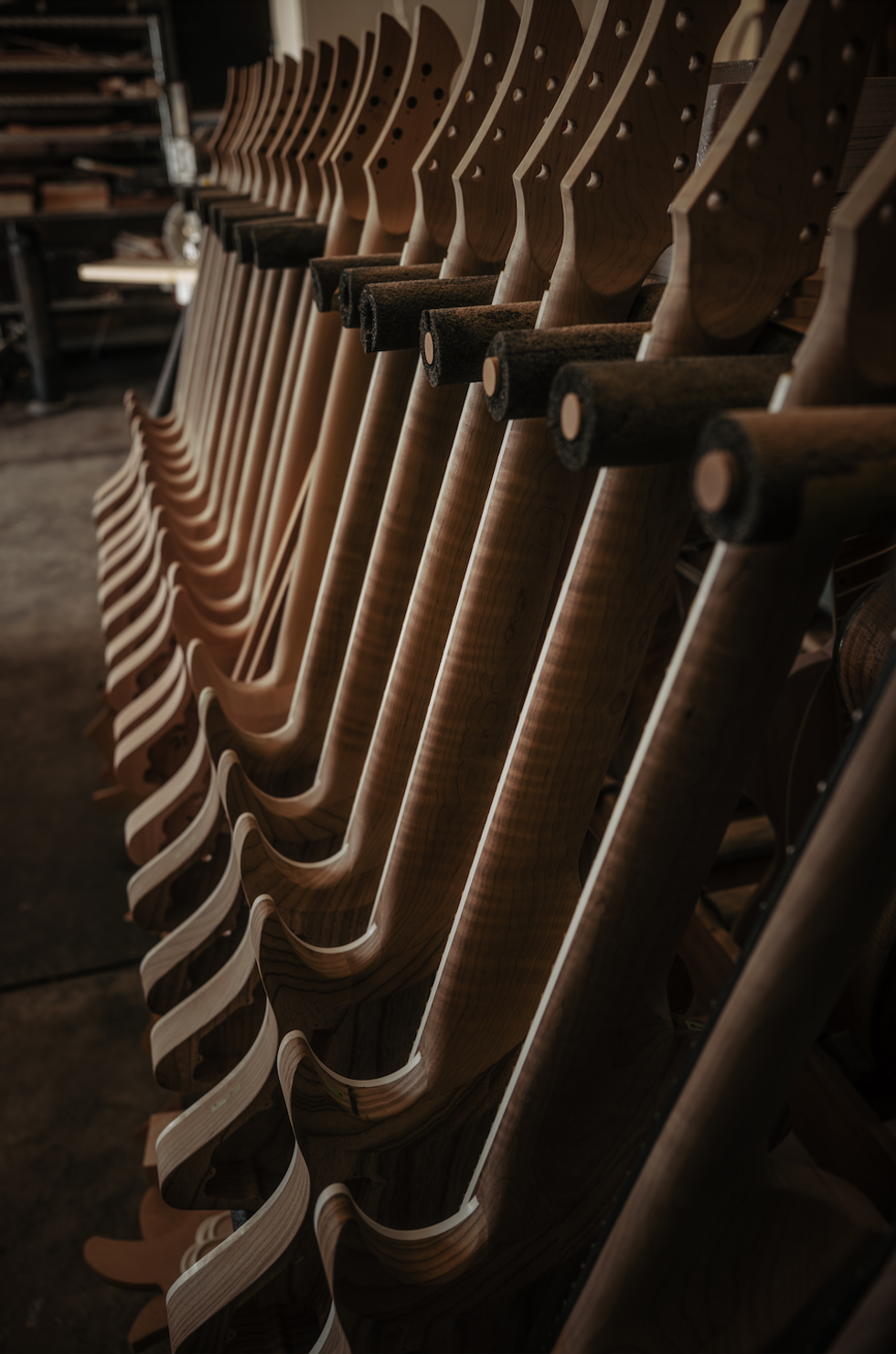If you''ve listened to the latest PG podcast, you''ll remember we talked about a variety of pedals you could add to your signal chain to spice things up. But after you''ve bought an armload of pedals, what to do? You certainly don''t want cables running all over - we need an actual pedalboard to attach and pre-wire our pedals. We''ll take a few moments and explore the possibilities. All of these are equally viable, and just depend on how much actual work you''d like to do.
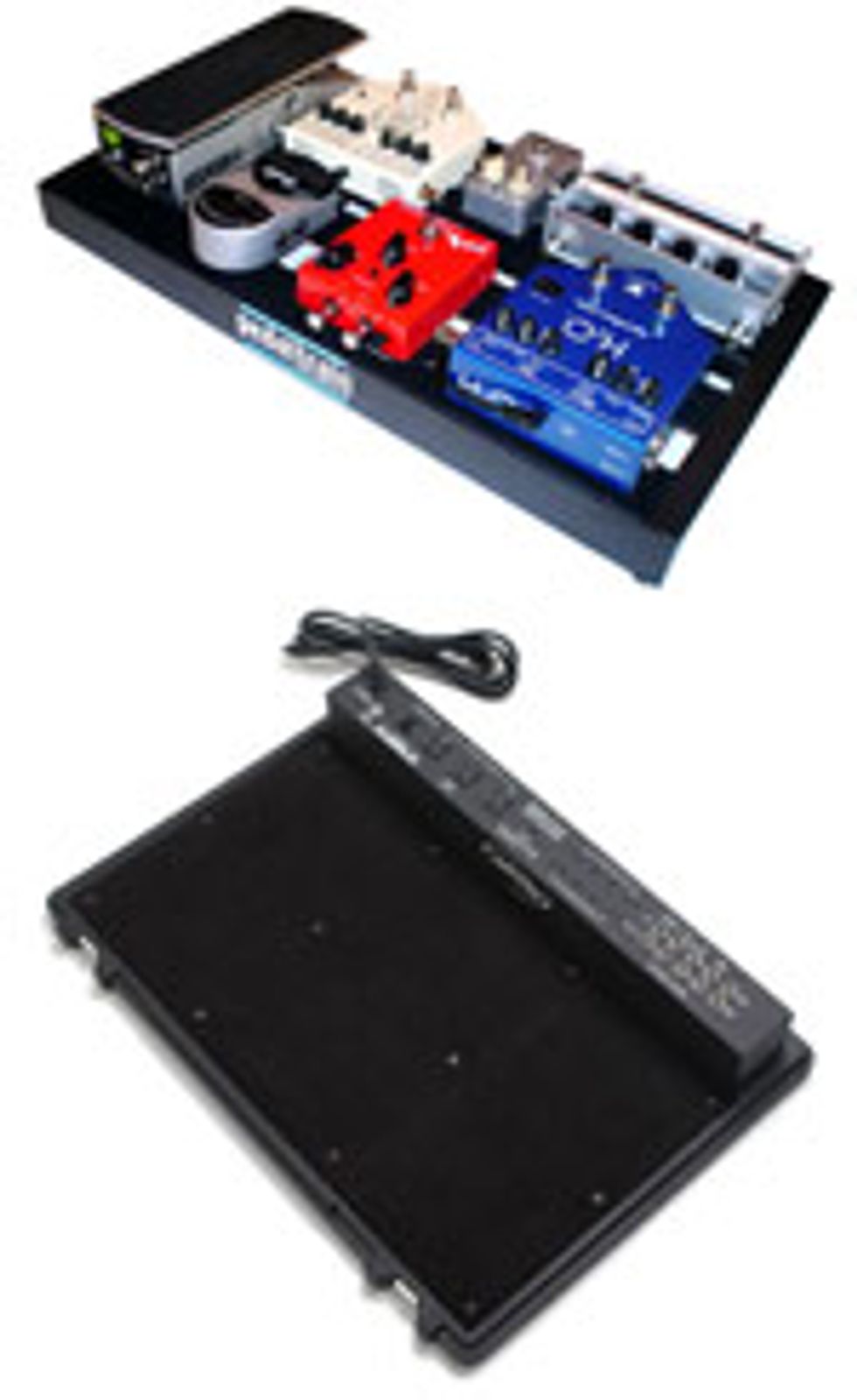 DIY
DIYThe first option is to fashion your own pedalboard. If you have a woodshop down in the basement, you''re already half-way to the local home improvement store. Most do-it-yourself types go with marine-grade birch plywood because it holds up well, but other materials, such as aluminum and plexiglass, have also been used successfully. The biggest advantage to making your own is it will be just the right size for your pedals and set up exactly as you want it.
Commercial Boards
The next option is a commercially available pedalboard. A few of the pedalboard manufacturers in this category are Pedaltrain, Furman and SKB, and they offer solutions in various materials and sizes. They vary a bit in price, but if your seventh grade shop class project looked like a plant stand but was supposed to be a birdhouse, it might just be the most cost-effective way to go.
Try arranging the pedals on a large piece of cardboard or poster paper to get an idea of which size will work best, remembering to leave enough room for cables. If you find yourself in between sizes, go with the larger of the two - odds are you will be adding more pedals in the future, and a little extra space in the interim is preferable to not enough later on.
 Once a size is settled on, power is needed. Some pedalboards are available with power supplies, or you can purchase one separately. If your needs are pretty straightforward, save a few bucks and pick up a 1 SPOT or a Godlyke Power-All. If you are mixing pedals with different power requirements, such as vintage or digital effects, a Voodoo Labs Pedal Power 2 or T.Rex FuelTank will give you the flexibility needed to keep everything running smoothly.
Once a size is settled on, power is needed. Some pedalboards are available with power supplies, or you can purchase one separately. If your needs are pretty straightforward, save a few bucks and pick up a 1 SPOT or a Godlyke Power-All. If you are mixing pedals with different power requirements, such as vintage or digital effects, a Voodoo Labs Pedal Power 2 or T.Rex FuelTank will give you the flexibility needed to keep everything running smoothly. 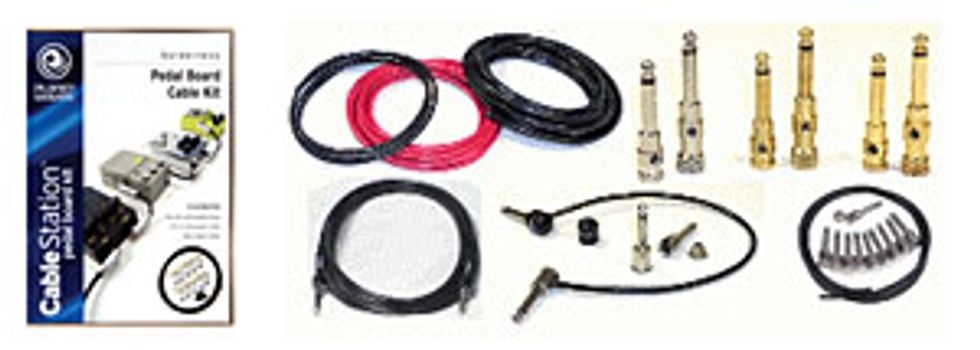 Before you start slapping Velcro on everything, you''ll need to connect the pedals, and there are several options available. The easiest and cheapest is a bag or two of 6" colored cables. They are available almost everywhere, and if money is tight, by all means, go ahead and get them, but they will eventually need replacing. Your other wiring option is solderless cable, available from George L''s and Planet Waves. These are nice because they sound good, and are super-easy to make the perfect size with just wire cutters and a screwdriver. The last option involves purchasing your own choice of cable and ends and busting out the soldering iron. While the most time-consuming method, it ensures getting exactly what you want.
Before you start slapping Velcro on everything, you''ll need to connect the pedals, and there are several options available. The easiest and cheapest is a bag or two of 6" colored cables. They are available almost everywhere, and if money is tight, by all means, go ahead and get them, but they will eventually need replacing. Your other wiring option is solderless cable, available from George L''s and Planet Waves. These are nice because they sound good, and are super-easy to make the perfect size with just wire cutters and a screwdriver. The last option involves purchasing your own choice of cable and ends and busting out the soldering iron. While the most time-consuming method, it ensures getting exactly what you want. 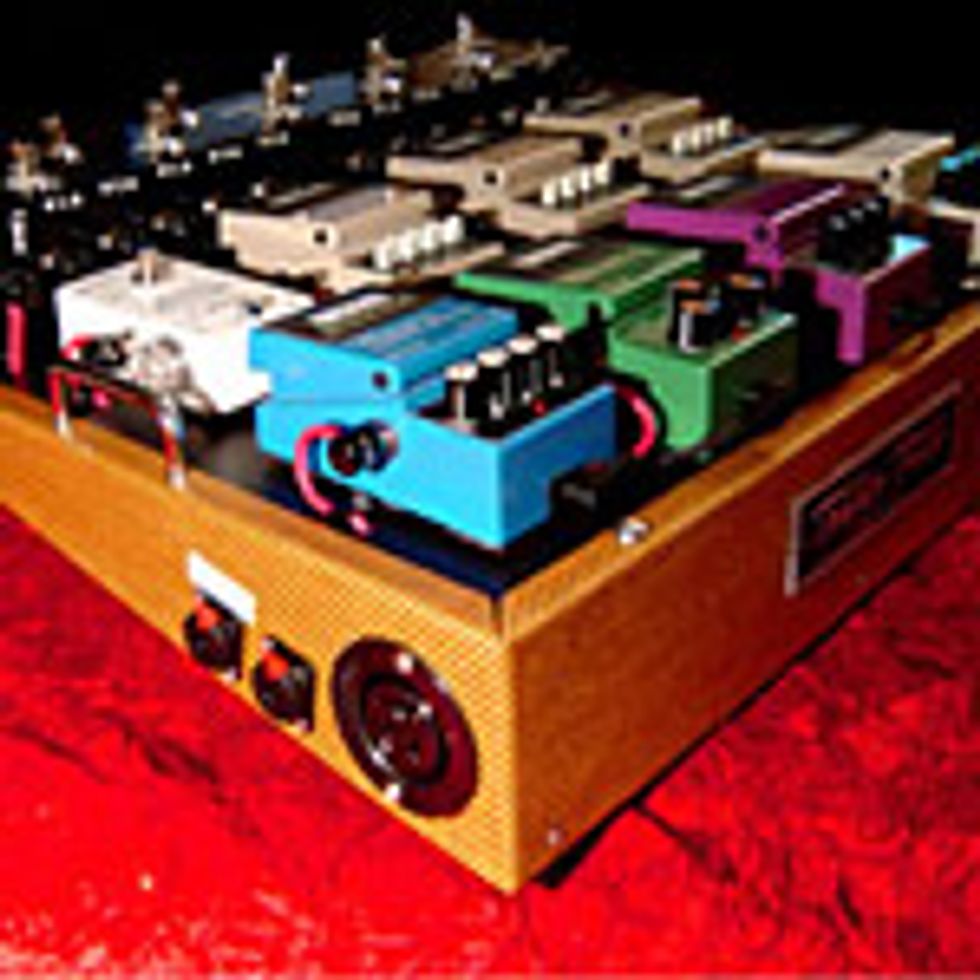 Premade Boards
Premade BoardsThe last option, if money is little object, is a custom pedalboard manufacturer, who will be more than happy to build your dream pedalboard. Some companies, such as Trailer Trash, will even take care of wiring the pedals up for you. The only downside to purchasing a custom board from companies such as Trailer Trash, NYC Pedalboards or Stompin'' Ground is the expense, but that expense provides you with a professionally crafted pedalboard that will fit your needs perfectly.
Well, there you have it - the perfect platform from which to stomp all over. Enjoy!
